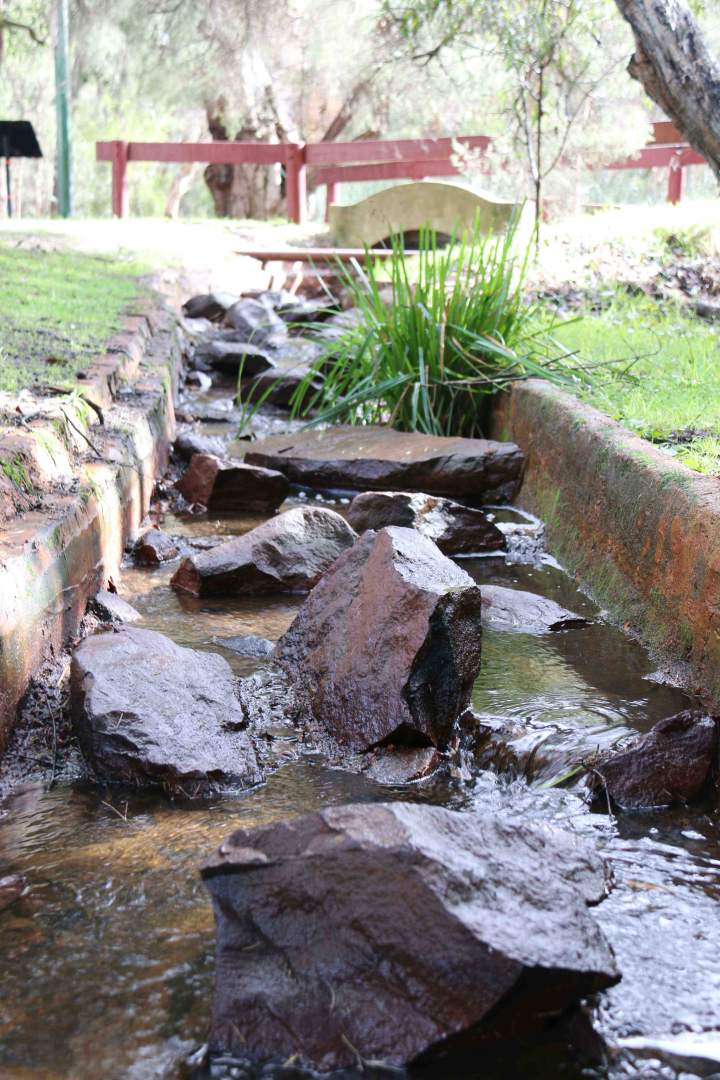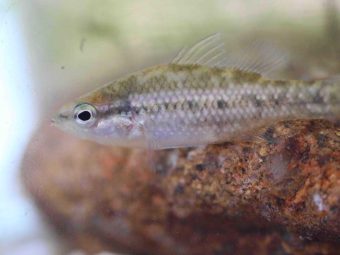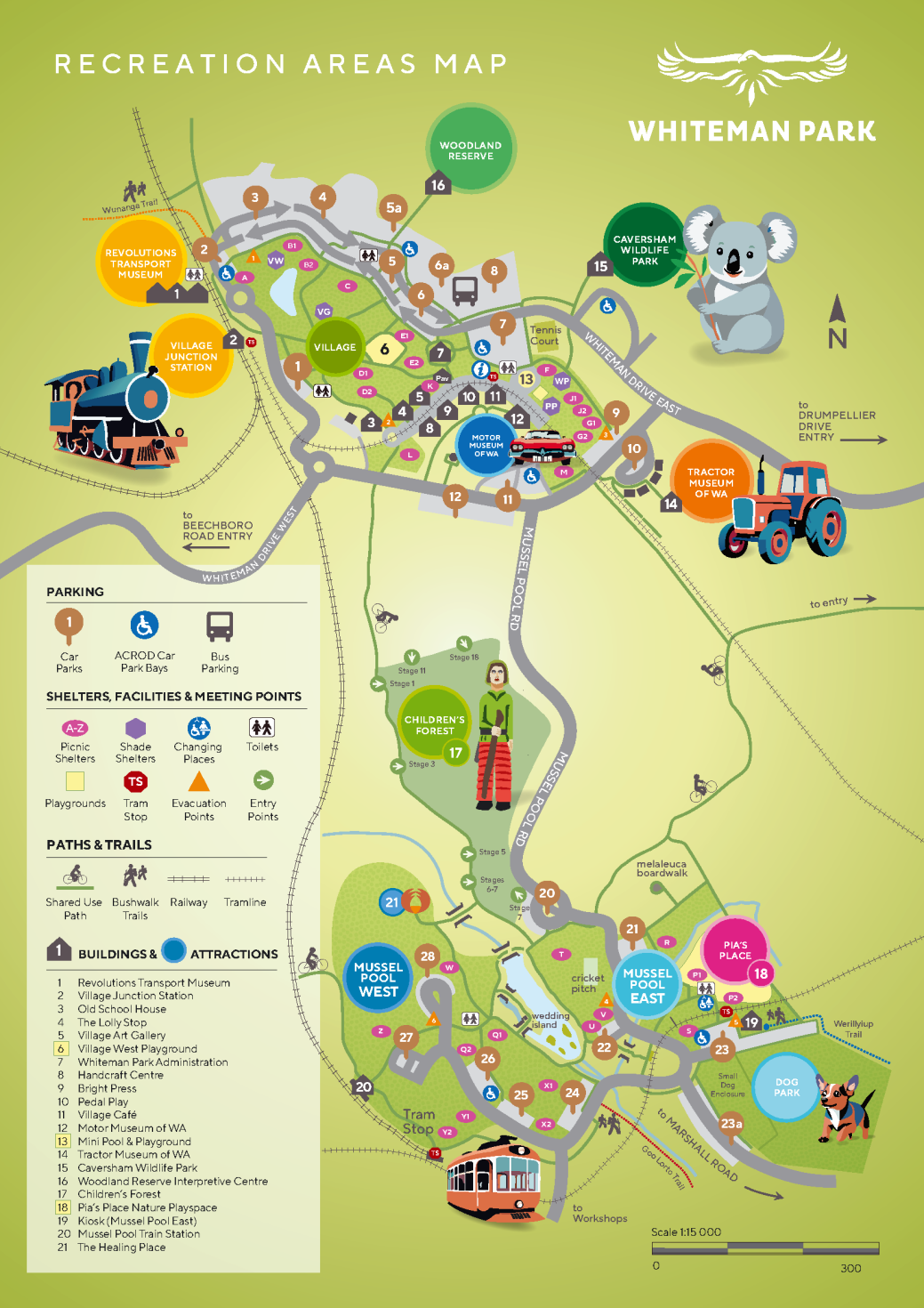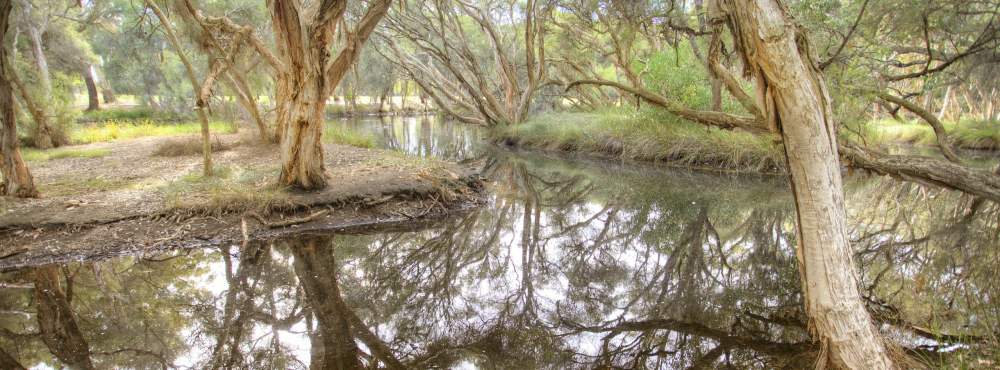Whiteman Park’s namesake, Lew Whiteman, was instrumental in the development of the Mussel Pool picnic area and the body of water for which the area is named.
Back in the 1960s, Lew constructed a dam across the southern end of an ephemeral lake along Bennett Brook, creating a pool which now remains year-round. When water levels are low in summer, you can see the weir wall construction clearly.
Freshwater mussels which were once prolific in the area are found in the waterbody, and so it was named Mussel Pool. Now, it is a scenic picnic area favoured by Park visitors endeavouring to find a quiet spot amongst the shady trees.
Mussel Pool is an important wetland habitat, as the lake holds water almost year-round. Classed as a Conservation category lake, the area is home to healthy population of koomal / brushtail possums (Trichosurus vulpecula), kooyar / frogs, numerous birdlife and the yakkan / long-necked turtle (Chelodina oblonga).
Fish ladder

The damming of the watercourse at Mussel Pool inadvertently prevented the seasonal migration of small fish species from downstream, resulting in the upper reaches of Bennett Brook becoming devoid of fish life. This led to the construction of a fish ladder to reconnect Bennett Brook and Mussel Pool.
The fish ladder was designed by a Murdoch University zoologist, built by a “Work for the Dole” team in 1999, and was the first of its kind in Australia.
The structure allows native fish, which include the Western minnow and Westralian pygmy-perch, to migrate upstream to Mussel Pool and the upper reaches of Bennett Brook. The result has been the re-colonisation of this wetland area by several native fish species, a great achievement for conservation.




